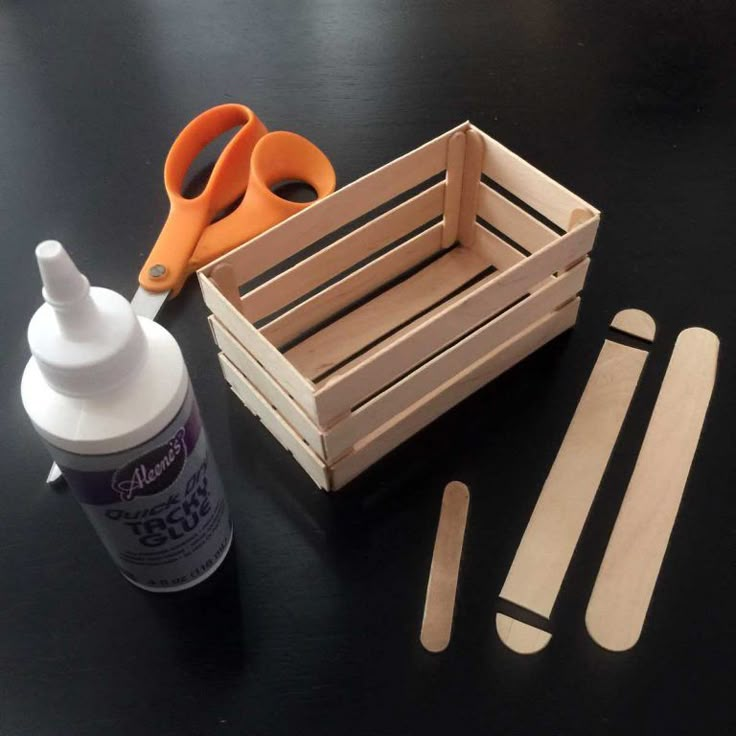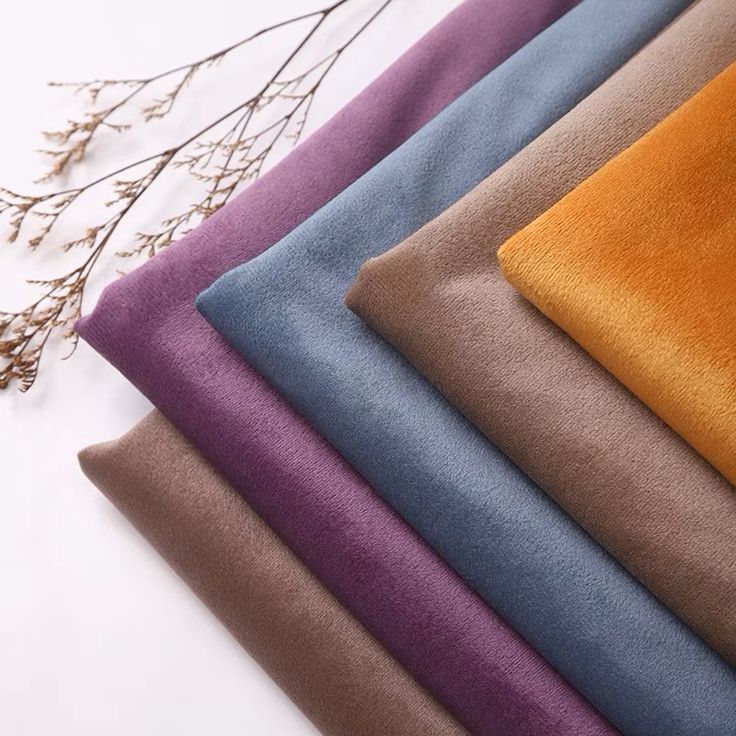What is Twill Fabric?
Twill fabric is one of the most popular woven fabrics available today. It stands out due to its distinctive diagonal weave pattern. This unique texture enhances its strength and makes it suitable for various applications. From clothing to upholstery, twill fabric is a versatile choice that combines style and functionality.
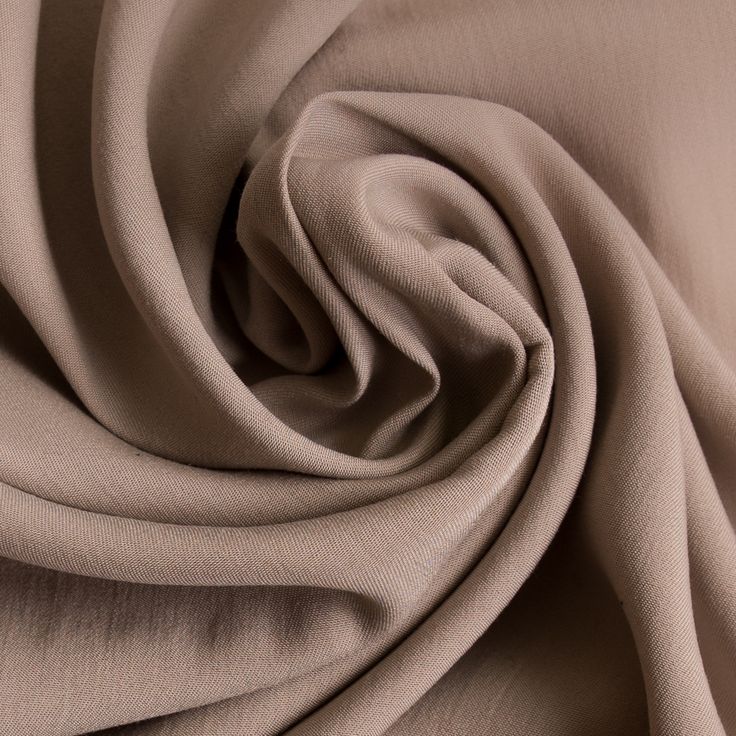
Overview of Twill Weave Structure
The twill weave structure features a diagonal ribbed pattern, contributing to its unique texture. This pattern is created by weaving the weft thread over one or more warp threads, and then under two or more warp threads. This technique results in the characteristic diagonal lines that twill is known for. The denser structure of twill fabrics makes them stronger than other weave types, such as plain weave. This strength gives twill both durability and aesthetic appeal, making it an excellent choice for a wide range of products.
Key Characteristics of Twill Fabric
Twill fabrics are recognized for several key traits that enhance their popularity. First and foremost, their strength and durability set them apart. The dense weave allows twill to withstand wear and tear, making it ideal for items that experience frequent use.
Additionally, the distinct texture of twill fabric provides a recognizable visual effect. The diagonal lines create an attractive surface that adds depth to designs. This texture not only looks elegant but also adds to the garment’s or fabric’s tactile experience.
Moreover, flexibility is a hallmark of twill fabric. It drapes well, making it a favored choice for clothing such as skirts, trousers, and jackets. The less rigid nature of twill allows it to move and flow with the body, ensuring comfort in wear.
Finally, twill fabric often exhibits stain resistance. The woven structure helps protect against dirt and stains, making maintenance easier. This quality is particularly useful in high-traffic areas, like upholstery, where spills are more likely to occur.
Twill fabric’s strong yet flexible nature has made it a favorite in various fields, including fashion, home decor, and industrial applications. These qualities ensure that twill remains a reliable and versatile choice for designers and consumers alike. Whether you’re decorating a home or updating your wardrobe, twill fabric is an excellent option that combines durability with stylish appeal.
Types of Twill Fabrics
Twill fabric comes in various types, each suited for different uses and preferences. The weave patterns and materials play an important role in determining the fabric’s characteristics.
Common Twill Variations (e.g., Herringbone, Chevron)
Twill variations are defined by their specific diagonal weave designs, each offering distinct visual appeal. One well-known type is Herringbone Twill. This variation is recognized for its zigzag pattern, which resembles fish bones. It has gained popularity in clothing and upholstery due to its classic look and added texture.
Another notable type is Chevron Twill. This design features a sharp V-shaped pattern that creates a striking visual effect. Chevron twill is stylish and ideal for decorative purposes, making it perfect for contemporary home textiles and fashion accessories. The bold lines enhance the overall aesthetic of various items.
Diamond Twill brings an elegant touch with its geometric texture that showcases diamond shapes. This variation is often used in structured designs, making it a favored choice for sophisticated garments and upscale furnishings. Its unique pattern adds depth to any item.
Lastly, Classic Diagonal Twill displays straightforward diagonal ribbing. This variation stands out for its versatility and commonly appears in everyday applications. Designers can use it in a wide range of items, from casual wear to practical home decor.
These variations highlight the uniqueness of twill fabric, allowing for flexible designs that cater to diverse tastes and styles. Each type serves a specific purpose, making twill an enduring favorite in fashion and interiors.
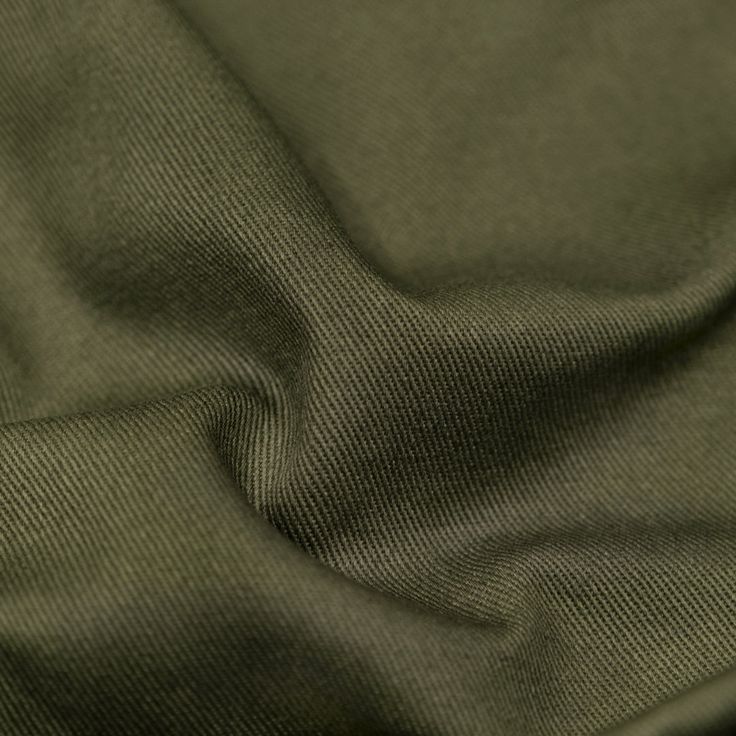
Natural vs. Synthetic Twill Fabrics
Twill fabrics can be produced from either natural or synthetic materials, and each type comes with its unique advantages. Natural Twill Fabrics are made from fibers like cotton, wool, or silk. These materials are breathable and provide excellent comfort. Natural twills are typically eco-friendly, making them a preferred choice for sustainable fashion. Their softness against the skin makes them ideal for clothing and home textiles.
On the other hand, Synthetic Twill Fabrics are often made from polyester or nylon. These materials are highly durable and can withstand significant wear and tear. Synthetic twills are wrinkle-resistant, ensuring that items maintain a polished appearance without much effort. Additionally, they tend to be more cost-effective than natural options, making them popular for mass-produced items.
Another option is Blended Twill Fabrics, which combine natural and synthetic fibers. This approach balances the softness of natural materials with the durability and functionality of synthetics. Blended fabrics can provide comfort while enhancing performance.
Ultimately, the choice between natural and synthetic twills depends on the intended purpose and personal preference. Natural twills excel in skin-friendly clothing, while synthetic twills shine in industrial and high-performance applications. Understanding these differences can guide consumers in selecting the right fabric for their needs.
Popular Uses of Twill Fabric
People appreciate twill fabric for its versatility and durability. Designers widely use it in various industries for both functional purposes and appealing designs. Below are some of its most common applications.
Applications in Clothing (e.g., Denim, Chinos)
Twill fabric plays a major role in fashion. Its strength and flexibility make it ideal for clothing items that need durability and comfort. Some notable applications include:
- Denim: Twill is the backbone of denim fabric. Jeans, jackets, and skirts benefit from its sturdy weave.
- Chinos: Lightweight twill is perfect for chinos. It allows easy movement and offers a crisp look.
- Dress Shirts and Blazers: Twill creates smooth, structured fabrics used in formal attire.
- Workwear: Heavy-duty twill fabric is often used for uniforms and protective apparel due to its resilience.
Twill’s breathable structure ensures these garments remain soft while keeping their form.
Twill in Home Furnishings and Accessories
Twill fabric also finds a place in home décor and lifestyle items. Its distinctive texture and durability make it a preferred material for:
- Upholstery: Twill is often used for covering sofas and chairs. It resists wear and tear over time.
- Curtains: Twill curtains are stylish and durable. They drape beautifully and retain their shape.
- Pillow Covers: Twill adds texture and strength to decorative and functional pillows.
- Bags and Accessories: Twill fabric is employed in sturdy bags, wallets, and purses. Its weave helps it hold up to frequent use.
Thanks to its adaptable designs, twill enhances both fashion and everyday living spaces. Whether increasing comfort or adding beauty, it remains a top choice across different uses.
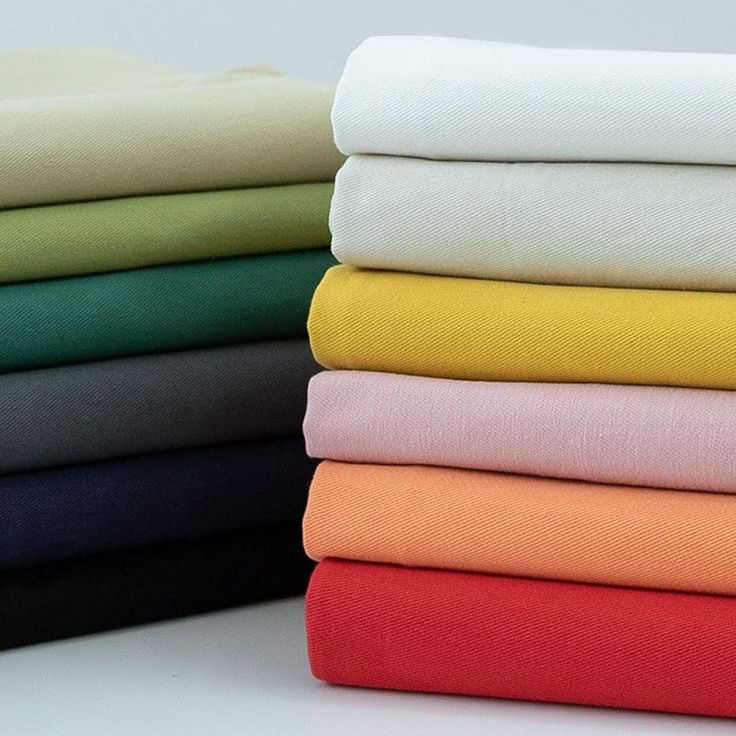
Benefits of Twill Weave
Twill fabric offers a range of benefits that make it suitable for various applications. Its unique weave structure contributes to its durability, ease of maintenance, and design versatility. Below, we examine the key advantages of using twill fabric in detail.
Durability and Longevity
Twill fabric is highly durable due to its dense weave. The textile withstands regular wear and tear, making it ideal for heavy-use items. Denim and workwear benefit from its long-lasting nature. Unlike other fabrics, twill doesn’t fray easily, which extends its lifespan. Its strength makes it suitable for upholstery and industrial purposes.
Stain Resistance and Maintenance
The diagonal weave of twill helps resist stains effectively. Dirt and spills are less noticeable on its textured surface. The fabric absorbs stains in a way that camouflages them. Cleaning twill fabric is straightforward, as it responds well to spot cleaning. This ease of maintenance makes it favored for everyday use, both in clothing and home furnishings.
Versatility in Design and Function
Twill fabric adapts well to different designs. Its textured pattern enhances visual appeal in formal and casual clothing. The flexibility of twill allows it to drape beautifully for tailored garments. Its functional qualities also suit structured items like bags or curtains. Whether in fashion or interiors, twill offers both style and practicality.
These benefits highlight why twill fabric remains an excellent choice. Its blend of strength, ease of use, and design adaptability ensures continued popularity.
Comparing Twill with Other Fabrics
Twill fabric stands out due to its diagonal weave and unique characteristics. Comparing it with other fabrics like plain weave and satin weave can help understand its distinct advantages.
Twill vs. Plain Weave
- Structure: Twill has diagonal patterns, while plain weave shows a simple crisscross design.
- Durability: Twill is stronger and more resistant to wear than plain weave.
- Texture: Twill feels smoother and has a noticeable visual texture.
- Applications: Plain weave is used in lightweight items like shirts, whereas twill suits denim and upholstery.
Twill’s strength and texture give it a functional edge over plain weave.
Twill vs. Satin Weave
- Appearance: Satin weave has a shiny, smooth finish, while twill offers a matte texture.
- Strength: Twill is sturdier and handles frequent use better than satin.
- Use Cases: Satin is preferred for elegant gowns and bedding, while twill suits casual and heavy-duty needs.
- Maintenance: Twill resists stains better, while satin requires more care to maintain its sheen.
Twill is better for practical applications, while satin excels in decorative settings.
Comparing these fabrics reveals twill’s versatility, making it suitable for everyday and industrial use.
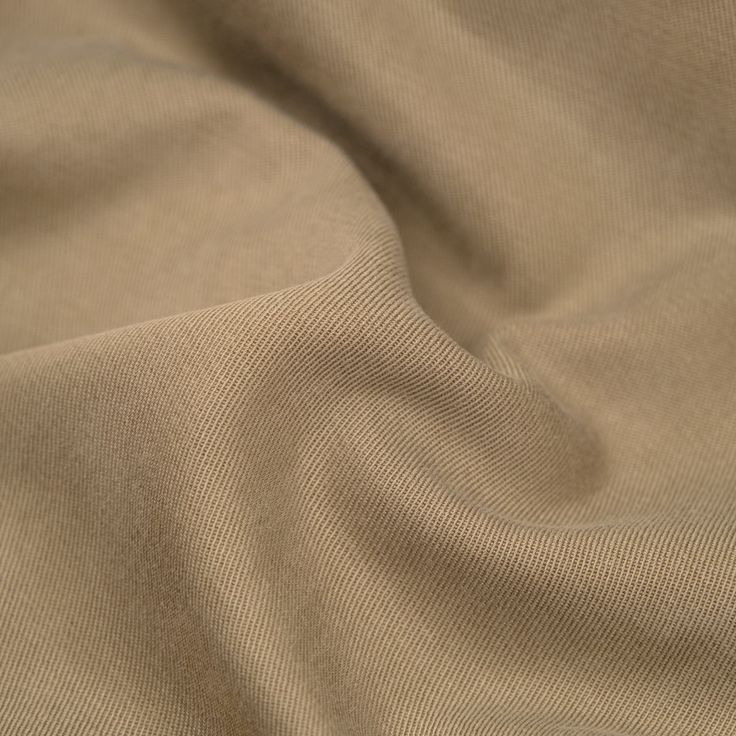
How to Care for Twill Fabric
Proper care ensures the longevity and appearance of your twill fabric items. With the correct methods, you can maintain their strength, texture, and vibrant look. Below are simple and effective tips for washing, drying, storing, and maintaining twill fabric.
Washing and Drying Tips
- Pre-Washing Notice: Check the care label before washing. Follow the given instructions carefully.
- Use Mild Detergents: Choose gentle detergents to preserve the fabric’s texture and color.
- Wash in Cold Water: Cold water protects twill fibers from shrinkage and damage during cleaning.
- Avoid Aggressive Brushing: Use a soft cloth or sponge for cleaning stains without damaging the weave.
- Machine Wash (If Allowed): Use a delicate cycle with similar fabrics to prevent excessive friction.
- Air Dry: Lay twill fabrics flat or hang them to dry. This prevents stretching or fabric distortion.
- Low Heat Ironing: Iron on a low-temperature setting to remove wrinkles without scorching the material.
Storage and Maintenance Recommendations
- Fold, Don’t Hang: Fold heavy twill items to maintain their shape over time.
- Use Breathable Bags: Store twill fabrics in breathable cotton or linen bags for protection.
- Keep Away From Moisture: Avoid damp areas that can cause mildew or damage to the twill fibers.
- Do Regular Inspections: Check stored items periodically for signs of wear or pests.
- Avoid Direct Sunlight: Keep twill fabric away from prolonged exposure to sunlight to prevent fading.
- Clean Before Storing: Always store clean fabric to block dirt or stains from setting in permanently.
Proper care routines significantly enhance the longevity of twill fabrics. Regular washing helps remove dirt and stains while preserving their texture. It’s essential to follow care instructions, such as washing in cold water. Additionally, air drying helps maintain the fabric’s shape and appearance, ensuring that twill remains visually appealing over time.
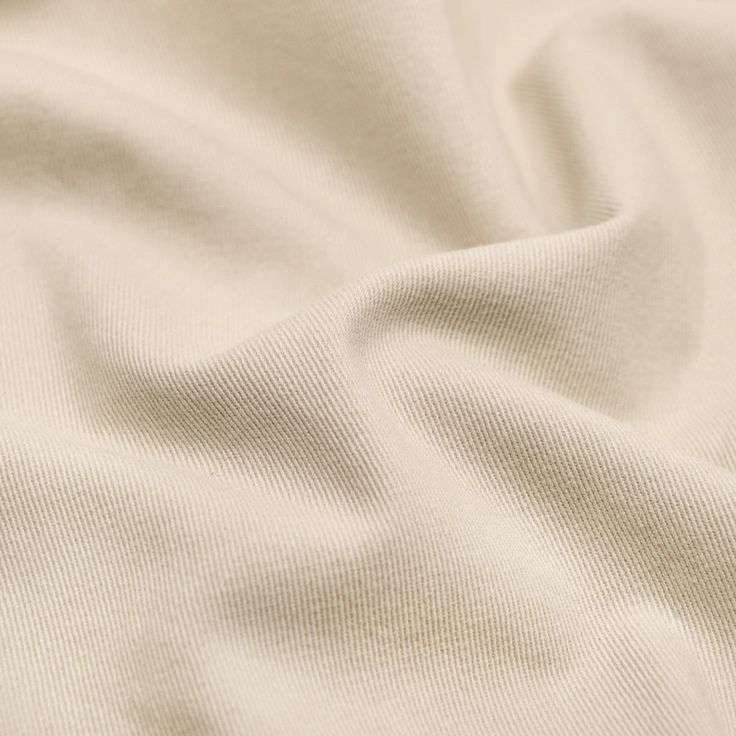
Choosing the Right Twill Weave for Your Needs
Selecting the right twill fabric depends on your specific needs and preferences. From weight to texture, each factor influences the suitability of the material for certain applications.
Factors to Consider: Weight, Texture, and Use
- Weight: Twill fabrics come in various weights, ranging from lightweight to heavy-duty. Lightweights are ideal for shirts and blouses, while heavier twill suits workwear or upholstery.
- Texture: Consider the feel and appearance of the fabric. Smooth twill suits formal attire, while textured options enhance casual garments like denim.
- Use: Your intended application matters. Look for breathable options for clothing, or durable textures for furniture.
- Material: Decide between natural, synthetic, or blended twills. Natural fibers provide eco-friendly options, while synthetic fibers offer added durability.
- Color and Pattern: Twill fabrics come in various colors and patterns, such as classic diagonal or herringbone designs. Select patterns based on aesthetics.
Recommended Twill Products and Brands
- Quality Denim: Levi’s and Wrangler are known for their durable denim made from twill.
- Workwear Staples: Brands like Carhartt use heavy twill for protective clothing and uniforms.
- Interior Fabrics: Upholstery providers like Sunbrella offer tough twill for furniture.
- Fashion Twills: Banana Republic and Zara feature twill in lightweight chinos and shirts.
Choosing trusted brands and high-quality twill products ensures long-lasting and satisfying results. Always align your selection with specific uses and materials to make informed decisions.

